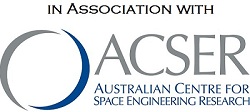Work Package Leaders
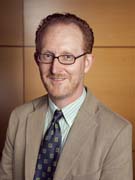
Andrew Dempster
Professor Andrew Dempster is Director of the Australian Centre for Space Engineering Research (ACSER) at the University of New South Wales (UNSW). He is also Director of Research in the School of Surveying and Geospatial Engineering. He has a BE and MEngSc from UNSW and a PhD from University of Cambridge in efficient circuits for signal processing arithmetic.
Andrew was system engineer and project manager for the first GPS receiver developed in Australia in the late 80s and has been involved in satellite navigation ever since. He is leading the development of space engineering research at ACSER. Andrew is the Garada project leader and leads work packages 1,2,5 and 11.
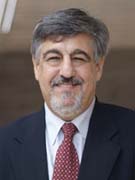
Chris Rizos
Professor Chris Rizos is currently Head of the School of Surveying & Geospatial Engineering at the University of New South Wales, Sydney, Australia. Chris has been researching the technology and applications of GPS since 1985, and established over a decade ago the Satellite Navigation and Positioning group at UNSW, today the largest academic GPS/GNSS and wireless location technology research laboratory in Australia.
Chris is the Vice President of the International Association of Geodesy (IAG), and a member of the Executive and Governing Board of the International GNSS Service (IGS). Chris is currently Chair of the working group developing the strategic plan for GNSS for Australia. Chris leads both work packages 4 and 7 in the Garada project.
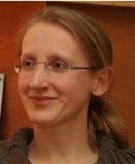
Sandra Verhagen
Associate Professor Sandra Verhagen obtained her PhD degree at the Delft University of Technology in 2005. Her thesis is entitled 'The GNSS integer ambiguities: estimation and validation", and gives the theory of three different classes of integer estimators and a performance analysis of different estimators within these classes. Currently, she is an assistant professor at DEOS-MGP. Sandra's research interests are ambiguity resolution and quality control for (real-time kinematic) GNSS applications. Sandra along with Peter Teunissen from Curtin University of Technology lead work package 6 in the Garada Project.
Peter Teunissen
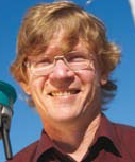
Professor Peter Teunissen is an internationally renowned geodesist and lauded as the inventor of a resolution method that revolutionised high-precision carrier-phase GPS positioning capabilities. His current focus is on solving critical GNSS theoretical and modelling issues in preparation for the rapid growth in global and regional navigation satellite systems. At Curtin, Peter is building a specialist research team whose focus is to improve Australia's capability to exploit next-generation GNSS.
The aim is to ensure that the capabilities of various GNSSs can be linked to create a broader multi-frequency, multi-constellation 'system of systems'; this will facilitate new, high-accuracy geospatial technologies. Peter along with Sandra Verhagen from Delft University of Technology lead work package 6 in the Garada Project.
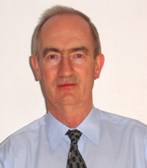
David Hall
David Hall is employed by EADS Astrium where he has worked for the last 29years. Having started in the ultra-high vacuum field working with mass spectrometers, he moved to work with thermal imaging systems and thence to Marconi, now Astrium, where his field encompasses radar, synthetic and real aperture, very low to very high frequencies as well as microwave and optical radiometers. David Hall is the head of earth observation (EO) sensors at EADS Astrium. David leads both work packages 3 and 8 of the Garada project.
Ian Tuohy
Dr Ian Tuohy from BAE Systems Australia leads both work packages 9 and 10 in the Garada project.
Researchers
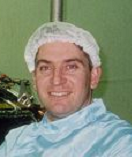
Martin Cohen
Martin Cohen is a Synthetic Aperture Radar design expert who has spent over 20 years at Astrium in the UK working on the concept development, design, build and test of a range of SAR instruments. He worked on the ASAR instrument for the European Space Agencies ENVISAT spacecraft, and subsequently was involved in a range of studies looking at next generation SAR systems. Martin has run the Astrium Airborne SAR demonstrator programme since 2001. He is also the Engineering Manager and technical lead for the SAR payload on NovaSAR-S, a new low-cost SAR satellite developed in conjunction with Surrey Satellite Technology Ltd (SSTL) in the UK.
Steven Tsitas
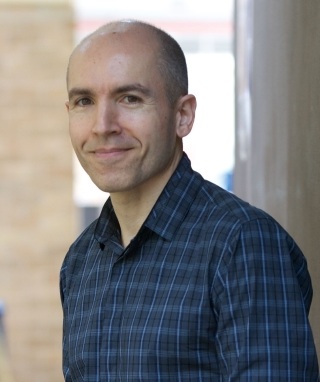
Dr Steven Tsitas received his BSc(Hons) in Physics from the University of Melbourne, MS in Physics (with Distinction) from California State University Fresno and MS and PhD in Planetary Science with a Minor in Astronomy from the California Institute of Technology. His two part PhD thesis title is The effect of volcanic aerosols on ultraviolet radiation in Antarctica and A novel method for enhancing subsurface radar imaging using radar interferometry. He completed a MSc in Astronautics and Space Engineering at Cranfield University, receiving the Vega Space Systems Engineering Prize for Excellent Performance in Dynamics Related Subjects 2008/2009. His most recent papers detail the system design and commercial applications for an 8 kg, 6U CubeSat that can carry out the Earth Observation mission of a 150 kg micro-satellite. Steven is a Senior Research Associate at UNSW and works on Work Packages 1 & 2. Steven is responsible for space systems engineering, radar applications and the business model for the Garada project.
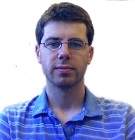
Robert Middleton
Robert Middleton completed his PhD titled "Techniques for homodyne dechirp on receive linearly frequency modulated radar" from St Andrews University in 2010. Robert is currently is a Senior Research Associate at the University of New South Wales and has previously worked on radar signal processing techniques for FMCW radar. He has also worked on a variety of topics within Synthetic Aperture Radar, including high-frequency implementation at 94 GHz, and on autofocus techniques. Currently Robert is researching low-cost, light-weight SAR systems for earth observation from space for work packages 1 and 2 in the Garada Project.
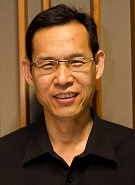
Kegen Yu
Dr. Kegen Yu completed his PhD titled "Code Acquisition and Detection for Spread-Spectrum Mobile Communications" degree at the University of Sydney in 2003. Since then, he has worked for Centre for Wireless Communications at University of Oulu in Finland, CSIRO ICT Centre, and Department of Electronic Engineering at Macquarie University where he has been an adjunct professor since March 2011. Kegen is currently with the School of Surveying and Spatial Information Systems at the University of New South Wales, working with Chris Rizos on work package 4, Bistatic Radar in the Garada project. His current research interests include GNSS Bistatic radar, ground-based and GNSS-based positioning and navigation
Kevin Parkinson
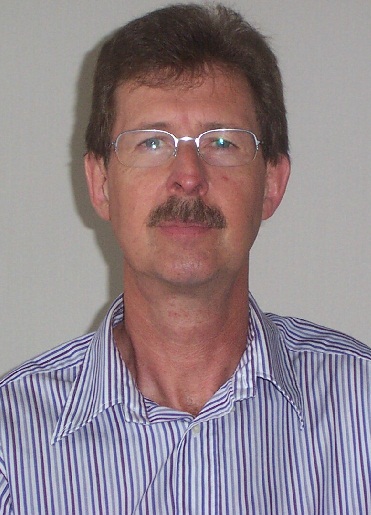
Kevin Parkinson is the chief engineer and director of engineering at General Dynamics Corporation Ltd in New Zealand. He has completed many successful projects while working as an electronic design engineer over the past 25 years since completing engineering studies in Electronics and Communication engineering. He obtained his Masters degree in engineering from the University of New South Wales in 2008. He returned to UNSW in 2010 where he is currently a PhD student at the Satellite Navigation and Positioning Laboratory working on multi system GNSS receiver research. He is the designer of the UNSW Namuru GNSS receivers and is responsible for the design of new Namuru versions currently being developed for aerospace operation and for the prototype receiver that will be delivered in work package 5. His research interests include GNSS systems, FPGA design, embedded systems, low power RF design and signal processing.
Nagaraj C Shivaramaiah
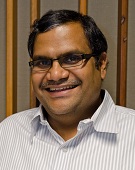
Nagaraj C Shivaramaiah is a Senior Research Associate at the University of New South Wales. He obtained his Bachelor's degree in Electronics and Communication engineering from the University of Mysore, India in 1997, Master's degree in Electronics Design and Technology from the Indian Institute of Science, Bangalore, India in 2004 and PhD from the University of New South Wales, Sydney, Australia in 2011 for a thesis on Galileo satellite navigation receiver design. Prior to joining UNSW, he worked at Freescale Semiconductors, Bangalore, as a Connectivity Architect in the Wireless Mobile Systems and Cellular Products Group. Prior to that he worked at Accord Software and Systems, Bangalore, as a Senior Project Leader where he managed projects, built and nurtured successful engineering teams involved in various GNSS related activities for over eight years. Nagaraj is working on WP5, Prototype Receiver Design in the Garada project.![]()
Jinghui Wu
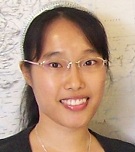
Dr Jinghui Wu completed her Bachelor's degree in Electrical Engineering and Automation at the Beijing University of Aeronautics and Astronautics (BUAA) in 2004. Jinghui is currently a Research Associate with the school of Surveying and Spatial Information Systems, at the University of New South Wales. Jinghui also obtained her Master's in Engineering in 2006 from the School of Electrical Engineering and Telecommunications, specializing in signal processing and her PhD degree in 2010 at UNSW. Her research focuses on signal processing for new GNSS and her PhD thesis title was "Binary Offset Carrier (BOC) Receiver Design". Jinghui's research interest includes software and hardware development for GNSS receivers. Jinghui is working on work package 5, Prototype Receiver developing the new 'Namuru' GNSS receiver for the Garada project.
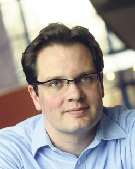
Peter Buist
Peter Buist graduated in 1999 from Delft University of Technology on GPS-based attitude determination. Part of the research was done at Surrey Satellite Technology in the UK and Toshiba space department in Japan. After graduation Peter joined Toshiba to continue to work on spaceborn GPS receivers and GNSS systems. Peter has developed, tested and experimented with a large number of GPS receivers onboard Japanese spacecraft and worked on subsystems for QZSS. At the end of 2006, Peter joined Delft University of Technology to work on GNSS guided formation flight. Peter is working on work package 6, Formation Flying Algorithms in the Garada project.
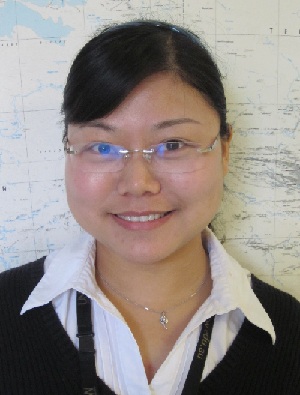
Li (Lily) Qiao
Dr Li Qiao is currently a Research Associate at the University of New South Wales. She obtained her Bachelor's degree in Electrical Engineering and Automation at Nanjing University of Aeronautics and Astronautics (NUAA) in 2004. She joined UNSW as a visiting PhD student from 2009 to 2010 and obtained her PhD degree in Guidance, Navigation and Control at NUAA in 2011. Her research focuses on Satellite autonomous navigation using celestial objects and GNSS. Her research interest is satellite orbit models and determination, specializing in orbit determination, celestial navigation and GNSS algorithms. Li is working on work package 7: Orbit Models in the Garada project.
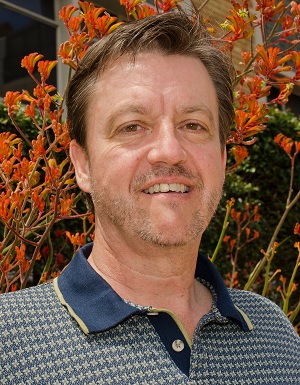
Gordon Roesler
Dr. Gordon Roesler visited us for the last year of the Garada project. In the US, he developed and led projects in robotic spacecraft, microsatellite components, space surveillance radar, and advanced design software. He has been implementing the systems engineering approach for Garada using best practices of the aerospace industry.
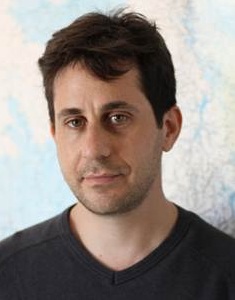
Mauro Grassi
Dr Mauro Grassi studied Computer Science and Mathematics at the University of Sydney before finding work in Buenos Aires with CONAE, the space agency of Argentina. There he worked on the SAOCOM mission. Returning to Australia, Mauro found work as part of the Garada project of UNSW. His interests are in SAR image processing and for Garada, Mauro is writing the specification of the image processor comprising WP2.
Joon Wayn Cheong
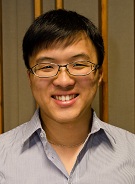
Dr Joon Wayn Cheong is Research Associate at ACSER and acquired his PhD from UNSW. In his PhD where he investigated the Locata Terrestrial Positioning System, he has cracked its signal structure and developed a Software Defined Radio for Locata. Currently he is developing a space-qualified FPGA-based GPS-Galileo Integrated RTK receiver for the Garada Formation Flying Satellites program. His research interests include weak signal acquisition and tracking, collective detection, multi-GNSS receiver, interference mitigation and anti-spoofing technologies.
Mazher Choudhury
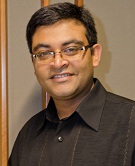
Dr Mazher Choudhury is currently working at ACSER as a Research Associate. He completed his Bachelor's degree in Computer Science from the North South University, Bangladesh, in 2002, Master's degree in Computer Science from the University of New South Wales, Australia in 2005. He obtained his PhD from UNSW. In his PhD. he investigated and analysed the potentiality of Locata Positioning Systems into deformation monitoring system. Currently he is involved in testing the space-qualified FPGA-based multi GNSS Integrated receiver for the GARADA Formation Flying. His research interests include land as well as space based GNSS positioning and navigation, multi GNSS integration algorithms for navigation, GNSS data analysis procedure and improvement of testing procedure for receivers, Locata integration with GNSS. Currently Mazher Choudhury is working on work package 5, Prototype Receiver developing the new 'Namuru' GNSS receiver for the Garada project. ![]()




